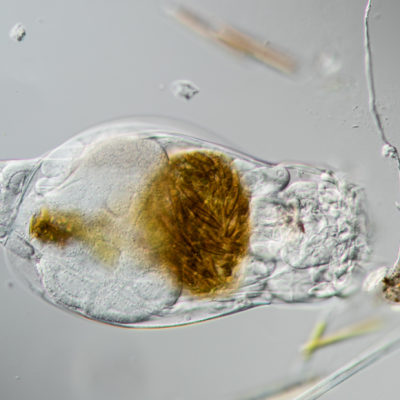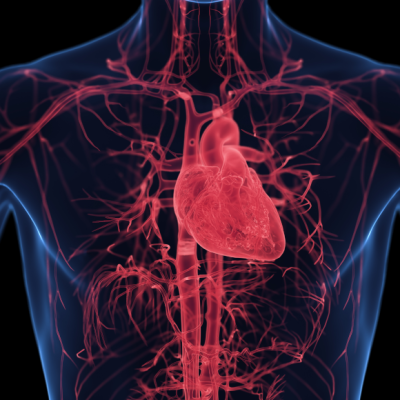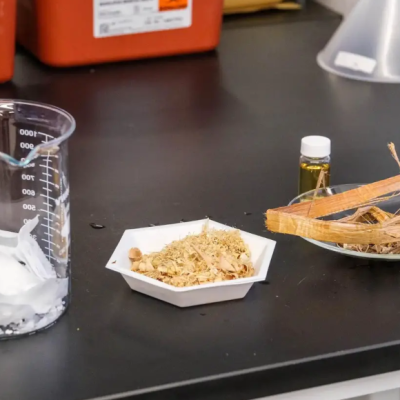Microplastics have been found in the livers of patients with liver cirrhosis, according to a study by researchers at the University Medical Center Hamburg-Eppendorf. While it is unclear whether the plastic particles caused the disease or whether their accumulation is a consequence of it, the study raises concerns about the potential health impacts of microplastics. The researchers used a new method combining staining with Nile red and fluorescence microscopy to identify and analyze microplastic particles in human tissue samples. They found no significant contamination in the spleen or kidneys, but discovered an increased concentration of microplastics in the livers of patients with liver cirrhosis. The concentration of microplastics in the diseased organs ranged from 4.6 to 11.9 plastic particles per gram of tissue, and the particles were made up of various types of plastic, including polystyrene, PVC, PET, PMMA, POM, and PP.
The study cannot determine whether microplastics are a cause of liver cirrhosis, but animal studies suggest that they can trigger cell stress and fibrosis in tissue. It is possible that the plastic particles are at least a partial cause of chronic liver inflammation, but it is also possible that their accumulation is a consequence of the disease. The researchers suggest that the high pressure in the portal vein and the resulting changes in intestinal permeability associated with liver cirrhosis may lead to increased uptake of microplastic particles from the gut. Further studies are needed to determine the significance of microplastic accumulation in the liver for the progression of liver cirrhosis.
The discovery of microplastics in human tissue has raised concerns about the potential health impacts of these ubiquitous particles. While the full extent of their effects on human health is still unknown, studies have shown that microplastics can kill brain immune cells and mechanically destabilize cell membranes. The new study by researchers at the University Medical Center Hamburg-Eppendorf adds to the growing body of evidence on the presence of microplastics in human tissue and highlights the need for further research into their potential health impacts.










